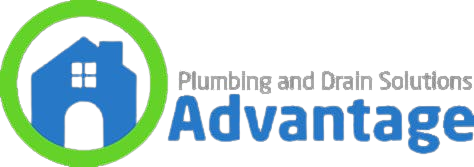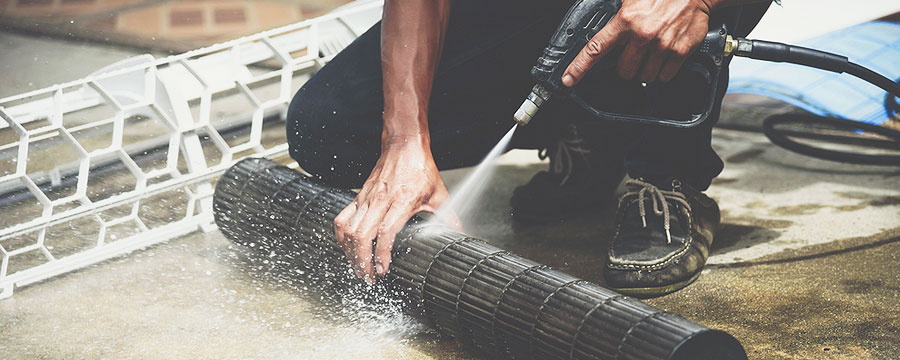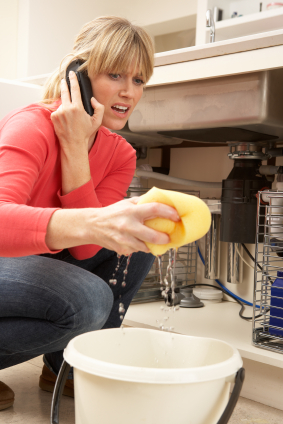
Ensuring Safe and Reliable Water Access in Dayton, Ohio: An Overview of Water and Sewer Pumps
Access to safe and reliable water is a fundamental need for any community, and Dayton, Ohio is no exception. Ensuring that residents have access to clean water requires a complex system of pumps, pipes, and treatment facilities. In this blog post, we’ll explore the role that water and sewer pumps play in providing safe and reliable water access in Dayton, Ohio.
First, we’ll provide an overview of the types of water and sewer pumps that are commonly used in Dayton, and explain how they work to transport clean water and wastewater. We’ll also discuss some of the challenges that can arise in maintaining these pumps, and provide tips for ensuring that they operate efficiently and effectively. Whether you’re a homeowner, a business owner, or a municipal planner, understanding the basics of water and sewer pumps is essential for ensuring that your community has access to the safe and reliable water resources it needs.
Understanding Water and Sewer Pumps
Water and sewer pumps are essential for the proper functioning of plumbing systems in both residential and commercial settings. These pumps are responsible for moving water and waste through the pipes and into the appropriate systems for disposal or treatment. Understanding the different types of water and sewer pumps available can be helpful in determining which pump is right for your needs.
Submersible pumps are designed to be installed directly in a water or waste tank, and are ideal for use in sewage applications. Sump pumps, on the other hand, are used to remove excess water from building basements and other areas prone to flooding. Booster pumps are used to increase water pressure in low-pressure systems, such as those found in multi-story buildings or areas with low water pressure.
It is important to choose the right pump for your specific needs to ensure optimal performance and longevity. Regular maintenance and inspections are also crucial in ensuring that your water and sewer pumps continue to function properly. If you are unsure which pump is best for your needs or how to properly maintain your pump, consult a professional plumber for assistance.

What are the benefits of water pumps?
Water pumps have numerous benefits, from providing access to clean water to facilitating efficient irrigation and drainage systems. One of the primary benefits of water pumps is that they can significantly improve water supply in areas where access to clean water is limited. They can also be used to pump water between different levels or to move water from one location to another, making it an essential tool for water management in agricultural or industrial settings.
Water pumps are also key to efficient irrigation systems, helping to regulate the water distribution to crops and preventing overwatering or underwatering. This can lead to improved crop yields, higher quality produce and significant water savings.
In addition, water pumps can be used to control flooding by quickly removing excess water from low-lying areas, minimizing damage to homes and infrastructure, and improving safety for local residents. The benefits of water pumps are vast and varied, making them essential tools for a wide range of applications.
Water and Sewer Pump Installation
The installation of water and sewer pump is an essential process for homes, businesses, and municipalities. Water and sewer pumps are designed to move water and waste efficiently, ensuring that they are directed to the appropriate areas. In this article, we’ll explore the importance of water and sewer pump installation and what you need to know about the process.
The first step in the installation process is to choose the right type of pump. The type of pump you need will depend on your specific requirements, including the amount of water or waste you need to move and the distance it needs to travel. There are various types of pumps available, including submersible pumps, pedestal pumps, and grinder pumps.
Submersible pumps are designed to be placed underwater and are commonly used in residential settings. Pedestal pumps, on the other hand, are installed above ground and are ideal for smaller wastewater systems. Grinder pumps are used to grind solids into smaller particles, making it easier to transport waste through smaller pipes. Once you have chosen the right type of pump, the installation process can begin. The installation process involves several steps, including excavation, installation of the pump and discharge lines, and electrical wiring
Water and Sewer Pump Maintenance
Regular maintenance of water and sewer pumps is essential for ensuring safe and reliable water access in Dayton, Ohio. Neglecting maintenance tasks can lead to equipment failures, increased repair costs, and potentially unsafe drinking water. To avoid these problems, it’s important to schedule regular inspections and cleaning of water and sewer pumps.
Working with a qualified professional in Dayton, Ohio can help ensure that maintenance tasks are performed correctly and efficiently. Professionals can identify potential issues early on, provide expert advice on the best maintenance practices, and help prevent major problems from occurring. By investing in proper water and sewer pump maintenance, homeowners, businesses, and municipal agencies can help ensure the long-term safety and reliability of the water supply for their community
Troubleshooting Water and Sewer Pump Problems
Water and sewer pump problems can be a frustrating and expensive issue for homeowners and businesses alike. When these pumps fail to function properly, it can lead to a range of problems, including backups, leaks, and even property damage. Fortunately, there are some common troubleshooting steps that can help diagnose and solve many of these issues.
First, it’s important to understand the basics of how water and sewer pumps work. These pumps are designed to move water and waste from your property to a sewer or septic system. They typically operate using electricity and are equipped with a motor and impeller that create suction and force water through the pump and out into the pipes.
One of the most common issues with water and sewer pumps is a clogged or blocked intake. If the pump is not able to pull in water, it will not be able to operate properly. This can be caused by a variety of factors, including debris, leaves, or other materials that have become trapped in the intake. To fix this issue, the intake should be cleared of any obstructions. This may involve manually removing debris or using a plumbing snake to clear out the blockage.

Water and Sewer Pump Regulations in Dayton Ohio
Water and sewer pump regulations are in place in Dayton, Ohio to ensure the safe and proper installation, maintenance, and operation of these essential pieces of equipment. The regulations cover a variety of aspects, such as installation permits, sizing requirements, maintenance obligations, backflow prevention, and discharge regulations. By following these regulations, property owners can protect public health and safety, prevent environmental hazards, and avoid costly repairs and penalties.
It’s important to note that the regulations governing water and sewer pumps can vary depending on the location and specific circumstances. Property owners in Dayton, Ohio should consult with the Dayton Department of Water for guidance and assistance in complying with the applicable regulations. By working closely with the Department of Water and following the regulations, property owners can ensure that their water and sewer pumps are operating safely and effectively, while minimizing the risk of any potential issues.
Conclusion
In conclusion, water and sewer pumps are an essential part of ensuring safe and reliable water access in Dayton Ohio. They are responsible for moving water from one place to another, preventing flooding, and maintaining an adequate supply of clean water. Understanding the basics of water and sewer pumps helps you choose the right system for your needs and keep it functioning efficiently. At Advantage Plumbing & Drain Solutions , they understand the importance of compliance with regulations and can assist you with everything from installation to maintenance to ensure your water and sewer pumps meet Dayton, Ohio regulations. Contact them today to learn more about the services and how they can help keep your property’s water supply safe and reliable.